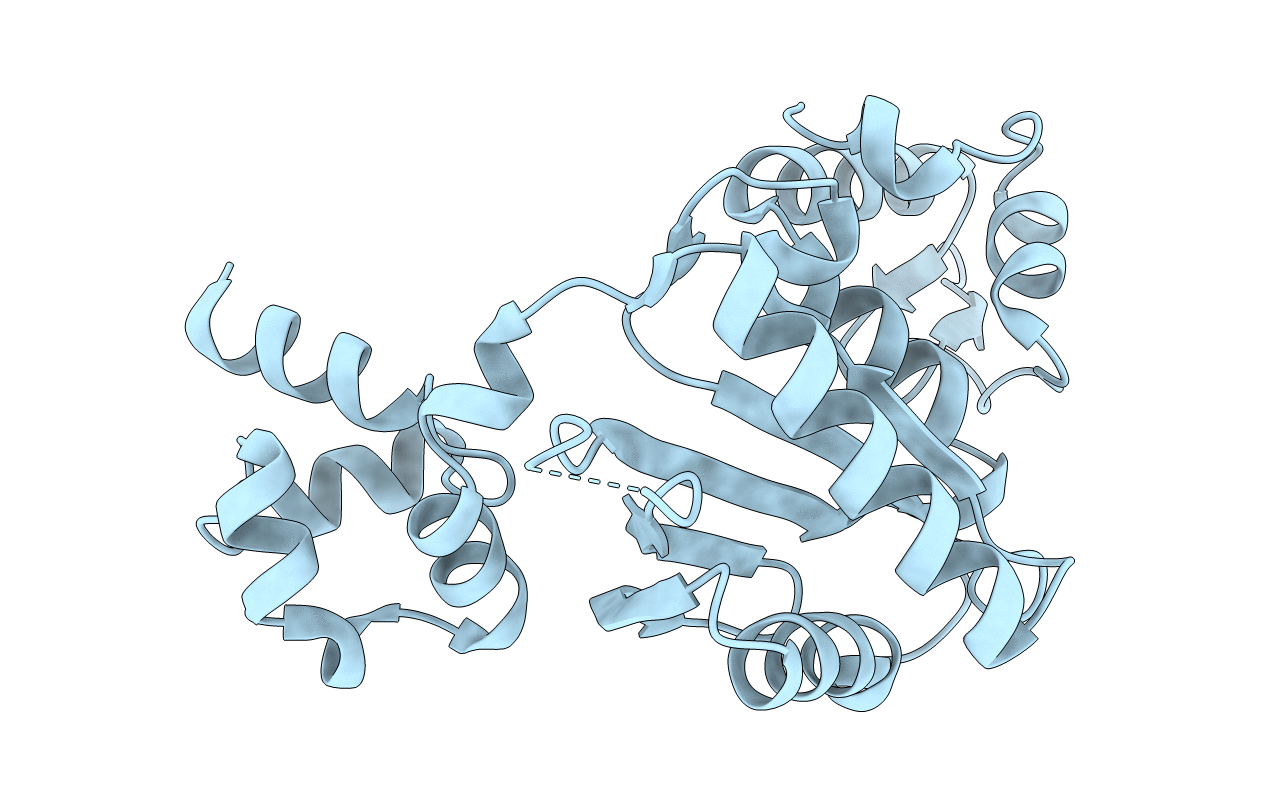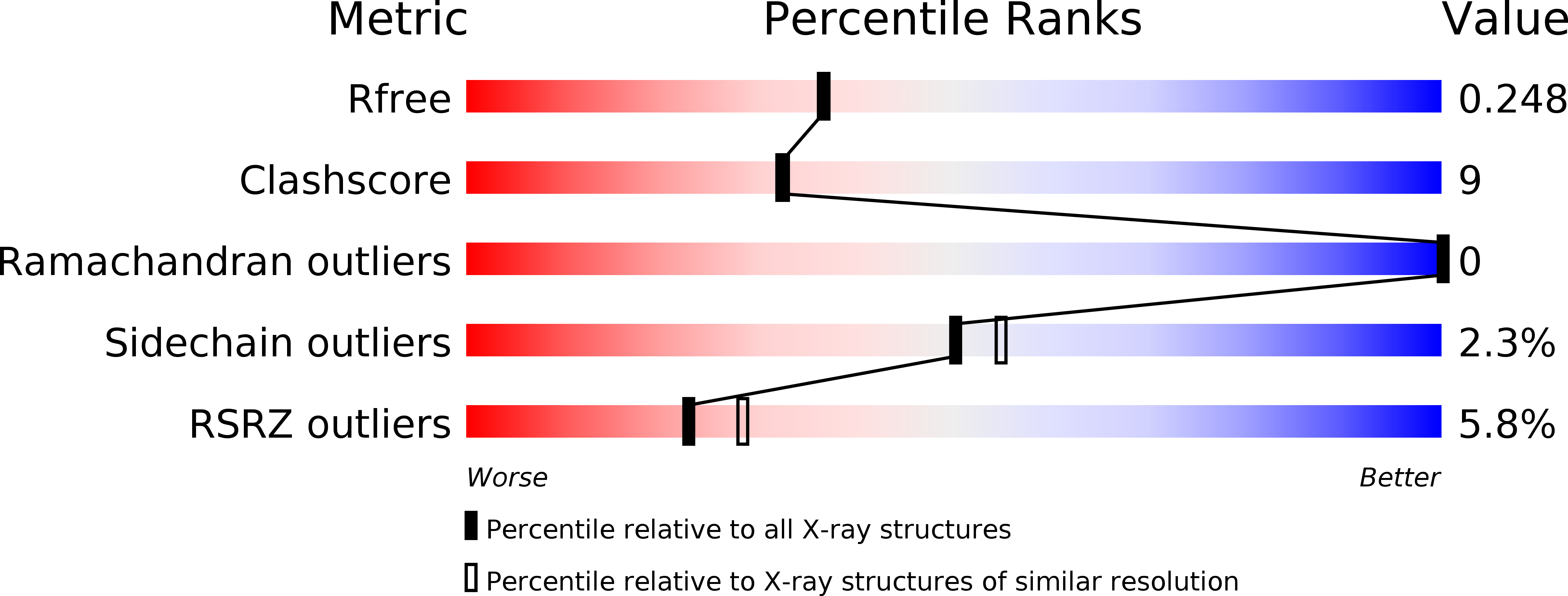
Deposition Date
2007-09-03
Release Date
2008-04-15
Last Version Date
2023-12-13
Entry Detail
PDB ID:
2VAN
Keywords:
Title:
Nucleotidyl Transfer Mechanism of Mismatched dNTP Incorporation by DNA Polymerase b by Structural and Kinetic Analyses
Biological Source:
Source Organism:
RATTUS NORVEGICUS (Taxon ID: 10116)
Host Organism:
Method Details:
Experimental Method:
Resolution:
2.10 Å
R-Value Free:
0.24
R-Value Work:
0.21
R-Value Observed:
0.21
Space Group:
P 21 21 2


